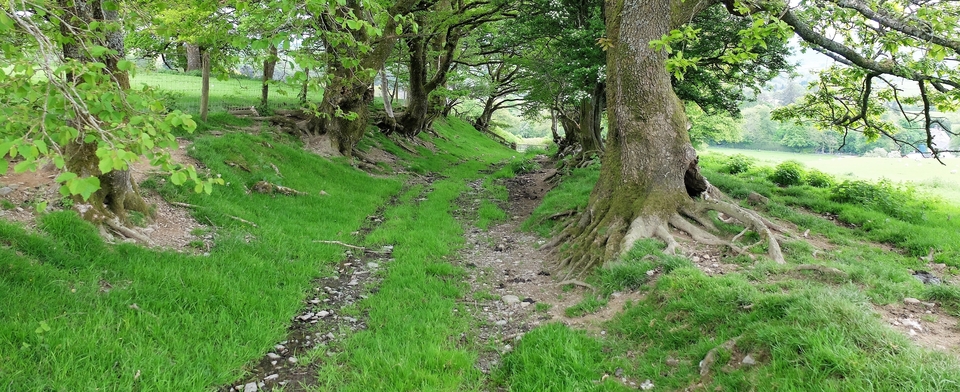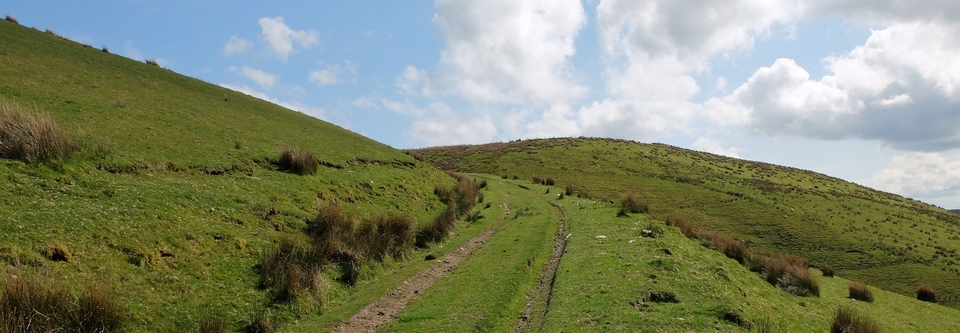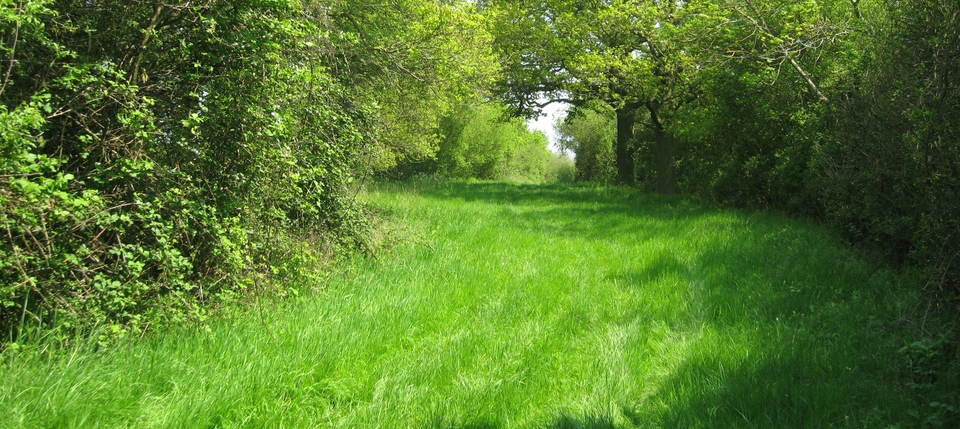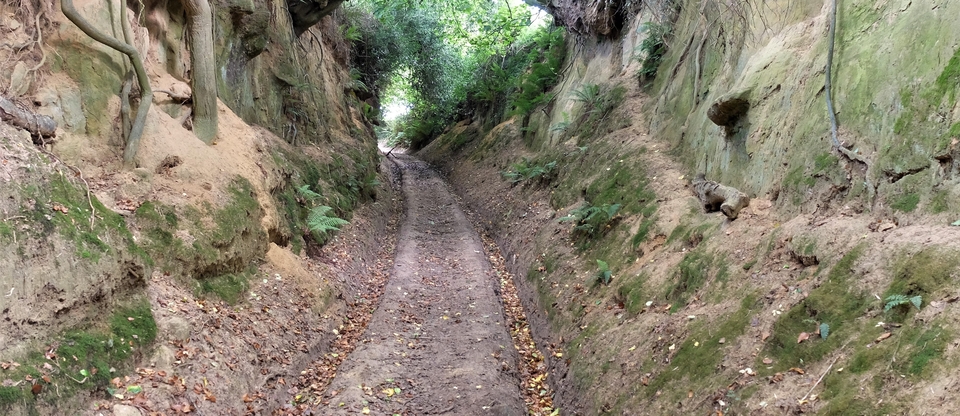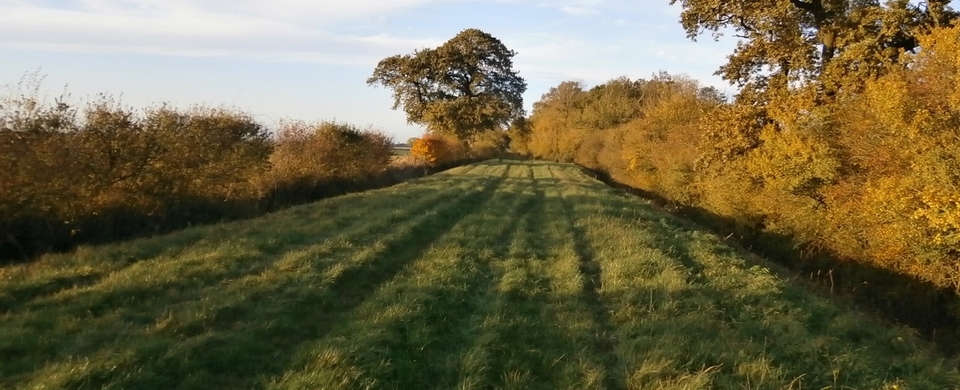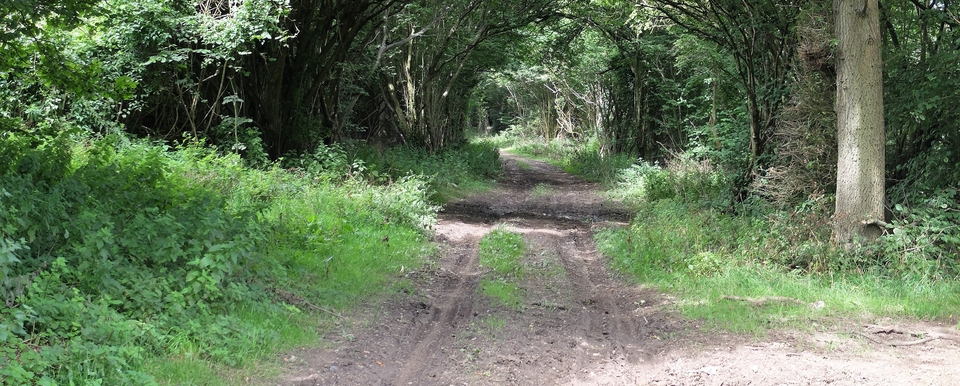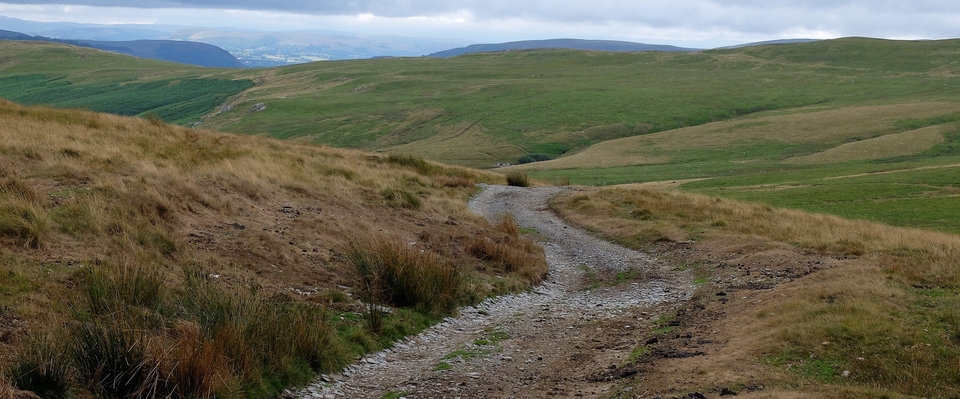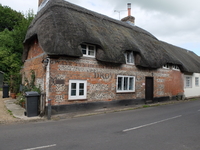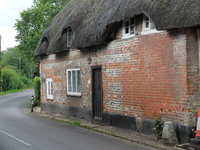Drovers' House, Stockbridge
Supplying the Royal Navy with meat before the age of steam was a mammoth task.
The seaman's weekly allowance was 4lbs of beef and 2lbs of pork a week. (Not a bad ration?) Regulations stated that the beef must come from a ‘well-fed ox' of 5 cwt or more, and that the meat must be delivered on board cut into 4-lb (beef) or 2-lb (pork) pieces with no bone or hog's cheek.
The scale of it! 7 ½ million lbs of meat was supplied to the navy in 1653 (the Dutch Wars); in 1741, 225,000 4-lb portions of beef were supplied to the West Indies Fleet; during the Napoleonic Wars, 16,000 cattle were slaughtered at Deptford, Chatham, Dover, Portsmouth & Plymouth.
Most of it was salted – and there were more regulations about how that was done – but many animals were pressed live into service, like the men1. The fowls lived in coops, but most roamed the upper deck & were generally popular (except the goats, which were always pilfering from the bread bags the men had hung out to dry). The officers on board were obviously best-placed to buy the fresh meat, but it was not their prerogative; any sane captain would encourage the men to spend their pay on good food (and have less for women and drink).
So, what has this to do with the drovers? Obviously a great deal. The price of an ox rose to £15 during the Napoleonic Wars, having cost only £3 in Wales. The roads to the southern ports must have been swarming with beasts in early autumn – the salting season was November to February – and Stockbridge was on the main route from Gloucester and South Wales to Portsmouth. Stockbridge is full of anglers now, but 200 years ago it was a pasture and a watering-hole...
...hence the extraordinary thatched cottage, an old inn calling itself DROVERS HOUSE. Nothing like it remains in the country. The Welsh writing on the wall reads: GWAIR-TYM-HERUS-PORFA-FLASUS-CWRW-DA-A-GWAL-CYCURUS (Season's Hay, Rich Grass, Good Ale and Sound Sleep.)
And may you be blessed with the same.
1 Admiral Hawke recommended each ship of the line to carry 40 sheep and 12 oxen. Pets such as monkeys were often carried on board; children too. N A M Rodger (The Wooden World) says: “The 18th Century navy [contains] large elements of the playground, the farmyard and the travelling circus.”
